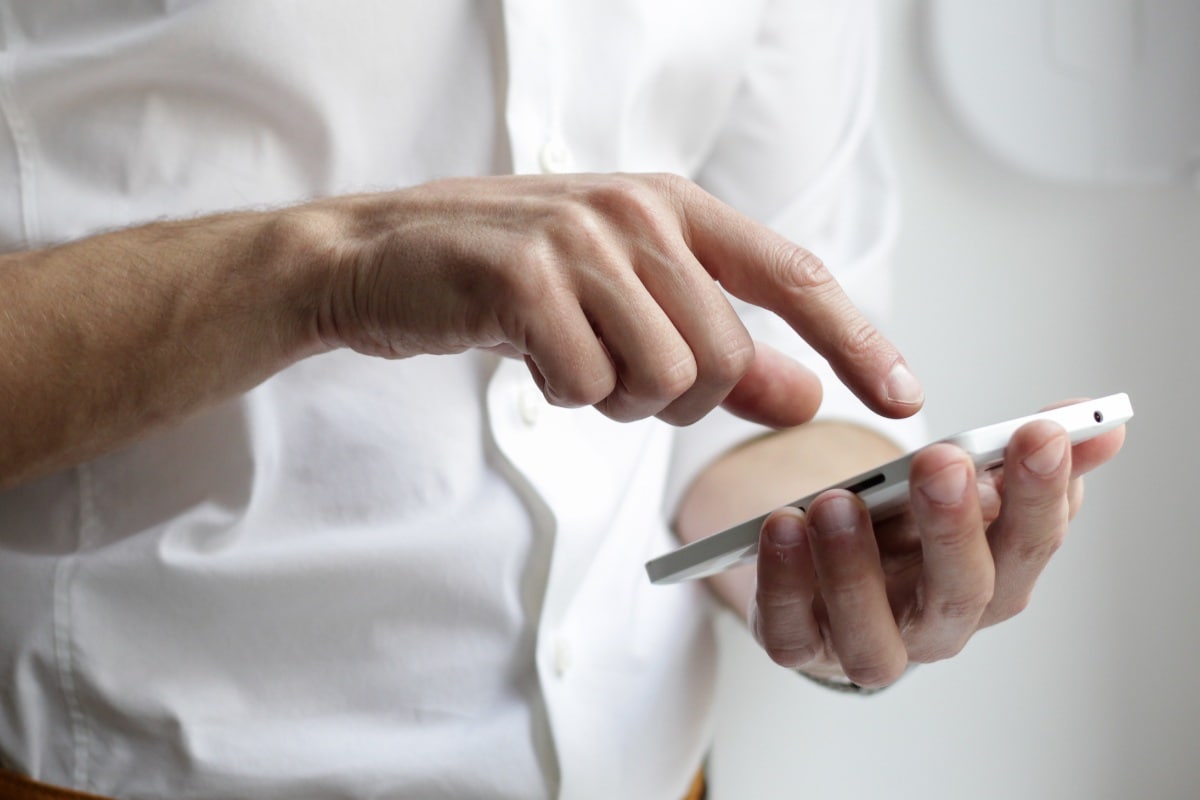How to Set a Custom Ringtone on Android and iPhone
Looking for a way to use a custom ringtone on your Android phone or iPhone? Although Android and iOS both come with a list of ringtones that you can set by default for all your contacts or a specific contact, you may wish to use a different tune on your phone. Custom ringtones are also worth considering if you want your favourite song or melody to play when someone calls you. Moreover, setting a custom ringtone adds a personal touch to your phone that helps you make it different from others and easily recognisable when you are in a large gathering of people.
In this article, we are detailing the steps you can follow to use a custom ringtone on your Android phone or iPhone.
How to use a custom ringtone on Android
The process of using a custom ringtone on Android is relatively easier when compared to iPhone. But before getting into the details, it is important to note that there are slight differences in the steps depending on which Android device you have — considering the fact that there are various different custom interfaces available in the market. We are here considering the stock Android experience as a reference to detail how you can use a custom ringtone. You will more or less need to follow the same steps on your device.
-
Select the audio file .MP3 format that you want to set as a custom ringtone and put it in the ‘Ringtones’ folder of your Android phone. You can do this via a PC or through a file manager app on your device.
-
Once the audio is in the correct folder, go to Settings > Sound and vibration > Phone ringtone.
-
Tap the My Sounds option and then select the audio file you want to set as your custom ringtone.
-
Hit the plus (+) button and then tap Save.
Ringtones are typically played for 30–45 seconds. You may, therefore, need to trim your audio file. There are some dedicated apps available through Google Play that let you cut your favourite song or melody into a ringtone. You can alternatively use any audio editor such as Audacity on your PC to trim the audio.
How to use a custom ringtone on iPhone
On the iPhone, Apple has not provided a native way to use a custom ringtone. You, however, do so directly through your iPhone — without requiring any third-party apps or connecting your iPhone to a PC or Mac. Here’s how it’s possible.
- Download the audio file to your iPhone that you want to set as a custom ringtone. It can be in the commonly available .MP3 format.
- Now, download GarageBand from the App Store.
- Open GarageBand and scroll from right to left to select the Audio Recorder option.
- Tap OK to the audio recording prompt and then select the third icon from the top-right corner.
- Now, make sure that the metronome is disabled. It is available just after the record button on the top panel.
- Tap the Loops icon from the top-left corner and then switch to the Files tab from the top. You will now be able to browse items from the Files app. You will need to pick the audio app you want to use as a custom ringtone. Alternatively, you can also choose a song that is locally stored on your music library. You can, however, not pick a song or podcast that is available through Apple Music.
- Once the song is selected, it will appear on the Loops screen. Drag it and drop it on to your timeline on GarageBand’s Audio Recorder.
- Tap the plus (+) icon above the timeline — located on the rightmost side. This will let you change the section length. You need to manually change the section length to 30 bars as ringtones normally play for 30 seconds.
- Now, adjust the song by trimming it and moving the clip using your finger. You can also play the final audio from the top panel.
- Tap the arrow icon from the top-left corner. You will see your GarageBand project. You can rename the project with a name you want for your custom ringtone.
- Now, tap and hold the project and select Share. You will then see a Share Song screen where you need to select Ringtone and then tap Continue to export your final audio as a ringtone. You can also rename the ringtone before exporting it as the ringtone from the app.
- Once the audio is created, you can use it as a custom ringtone by tapping the Use sound as… option from a pop-up that appears after the export is successful. You can also do that by going to Settings > Sounds & Haptics > Ringtone.
If you don’t want to use GarageBand, you can export your songs as a custom ringtone using iTunes through a Windows PC or Mac or sync them via Finder on Mac machines running on recent macOS versions.
For the latest tech news and reviews, follow Gadgets 360 on Twitter, Facebook, and Google News. For the latest videos on gadgets and tech, subscribe to our YouTube channel.

Subaru Launches Solterra, Its First All-Electric Car, Developed With Toyota
Related Stories
For all the latest Technology News Click Here
For the latest news and updates, follow us on Google News.

